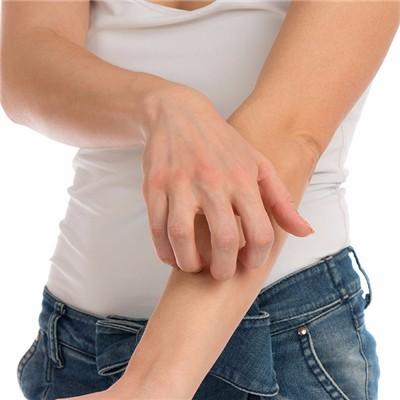Symptoms of suppurative periapical periodontitis
summary
Periapical disease is a very common disease in oral diseases. There are many reasons for the disease, including infection, trauma, etc. after the disease, many discomfort symptoms will be found in the apical part. At the same time, the disease can be divided into many kinds according to the attack, and the symptoms are also different. So what are the symptoms of periapical disease? Now let's talk about it.
Symptoms of suppurative periapical periodontitis
In the early stage, there were hyperemia, vasodilation and plasma exudation in the periodontal ligament. At this time, because of the pressure of the root tip, the teeth move outward, the patient feels that the teeth are elongated, the teeth contact early, the teeth are uncomfortable or have slight occlusal pain, and the symptoms are temporarily relieved when the teeth are forced to bite because the blood in the root tip is squeezed around.

More from the acute serous periapical continue to develop, can also be caused by acute attack of chronic periapical inflammation. The periapical periodontal ligament was destroyed and dissolved, and pus was accumulated. Therefore, it is also called acute apical abscess or acute alveolar abscess.

The periapical bone tissue was destroyed and replaced by granulation tissue. The size and form of periapical granuloma are different, and it is often extracted together with the root tip. The X-ray showed that there was a well-defined circular or oval sparse area around the apex. Patients generally have no self-conscious symptoms, sometimes feel uncomfortable chewing, weak occlusion, abnormal feeling during percussion, teeth can change color, pulp vitality test is negative, apical granuloma can maintain a relatively stable for a long time.

matters needing attention
Caries is the main cause of periapical disease. The most important thing to prevent dental disease is to adhere to the daily tooth cleaning: correct brushing, vertical brushing method should be adopted, brushing in the morning and evening, brushing 8-10 times on each tooth surface; Gargle after meals; Use dental floss to clean the space between teeth; Change a new toothbrush every month; Oral examination was conducted every 6 months; Pay attention to the amount of fluoride toothpaste (especially for children); The brushing force is appropriate, and the toothbrush used should be replaced if the bristles are everted.












